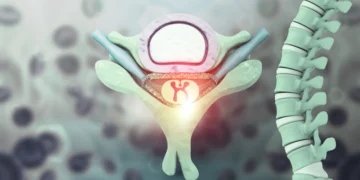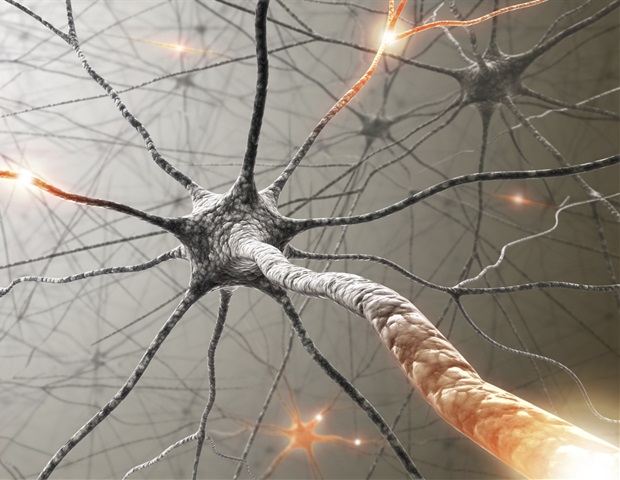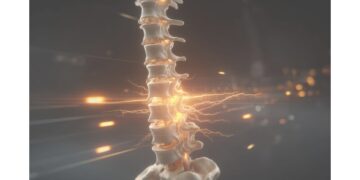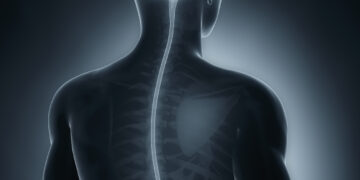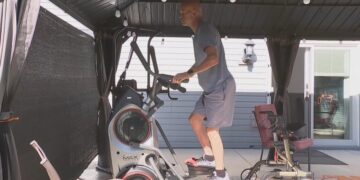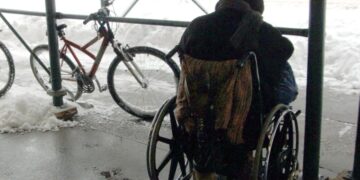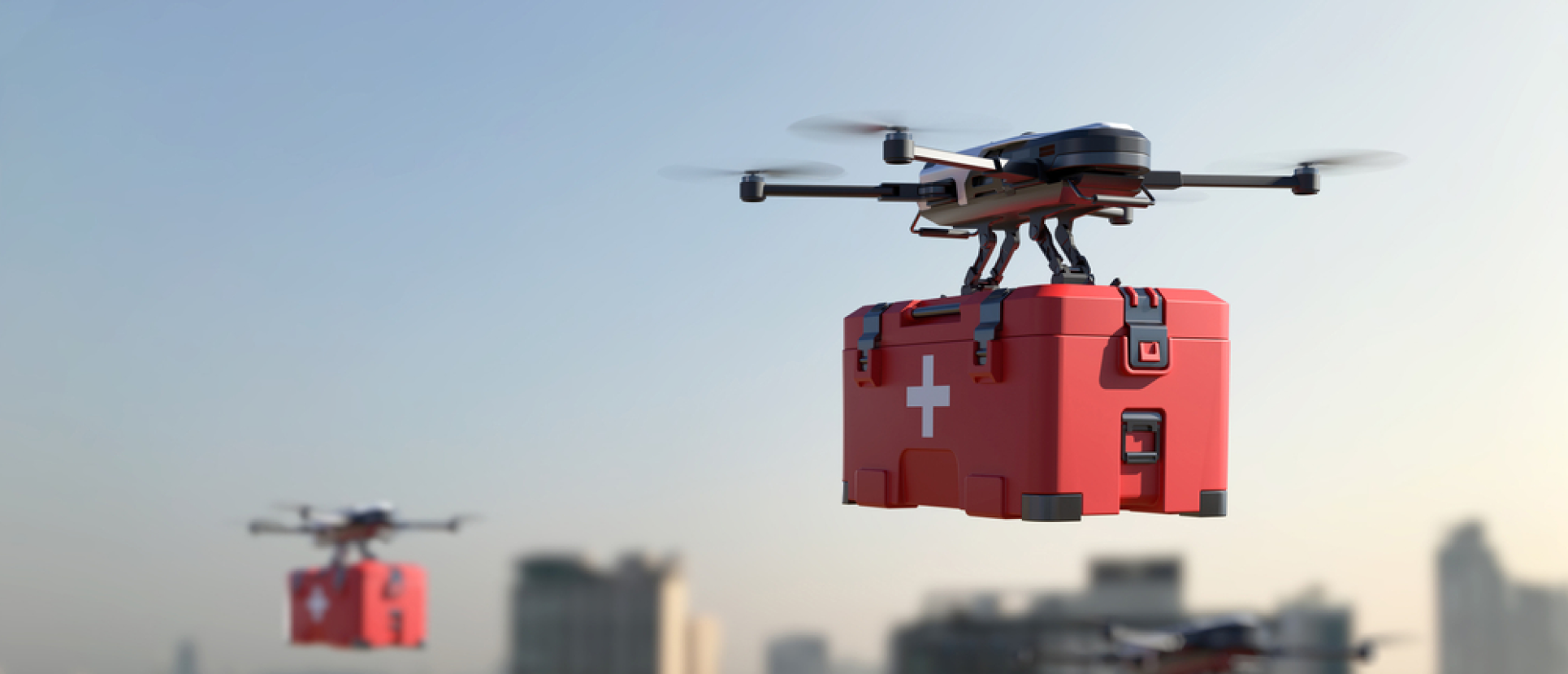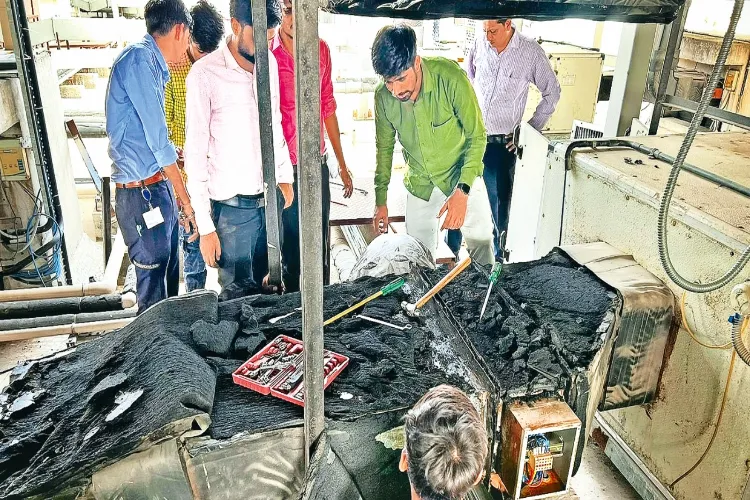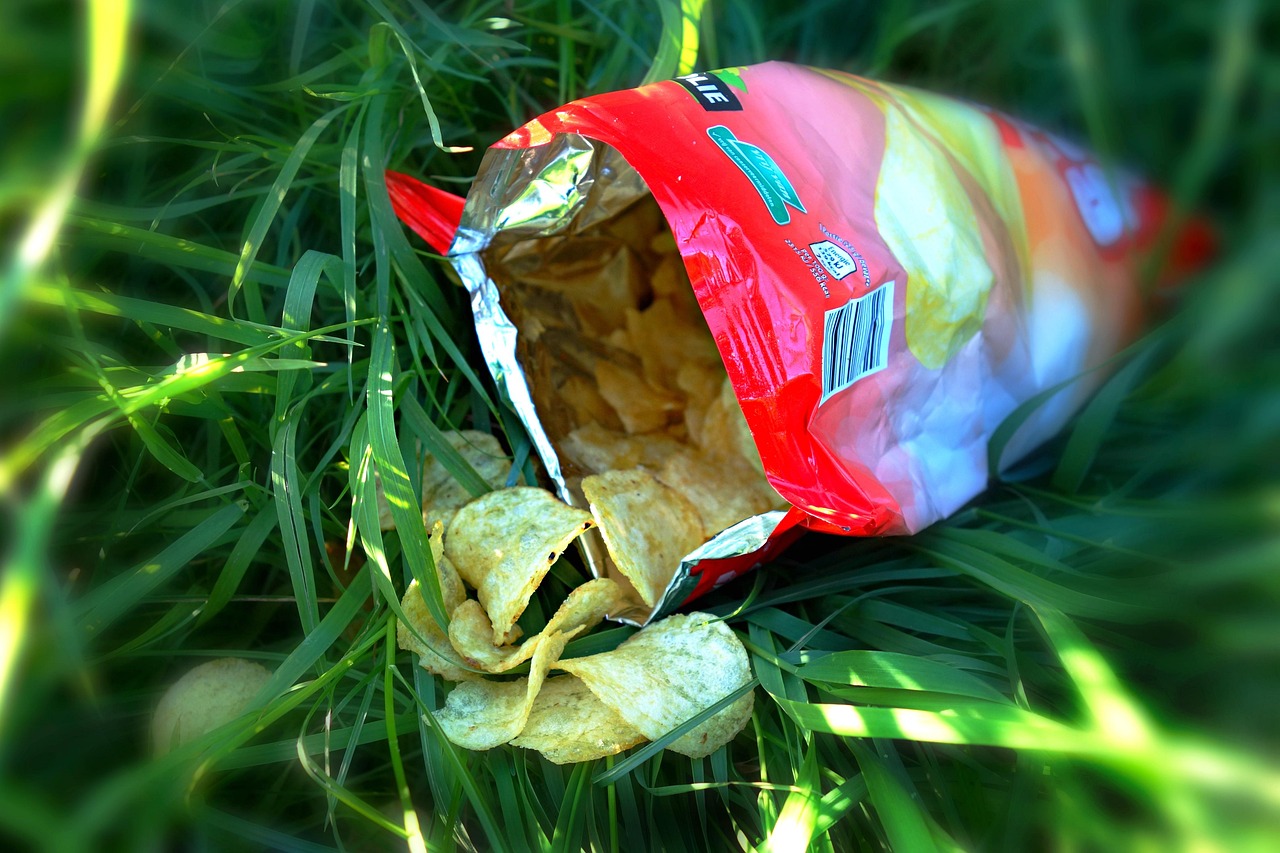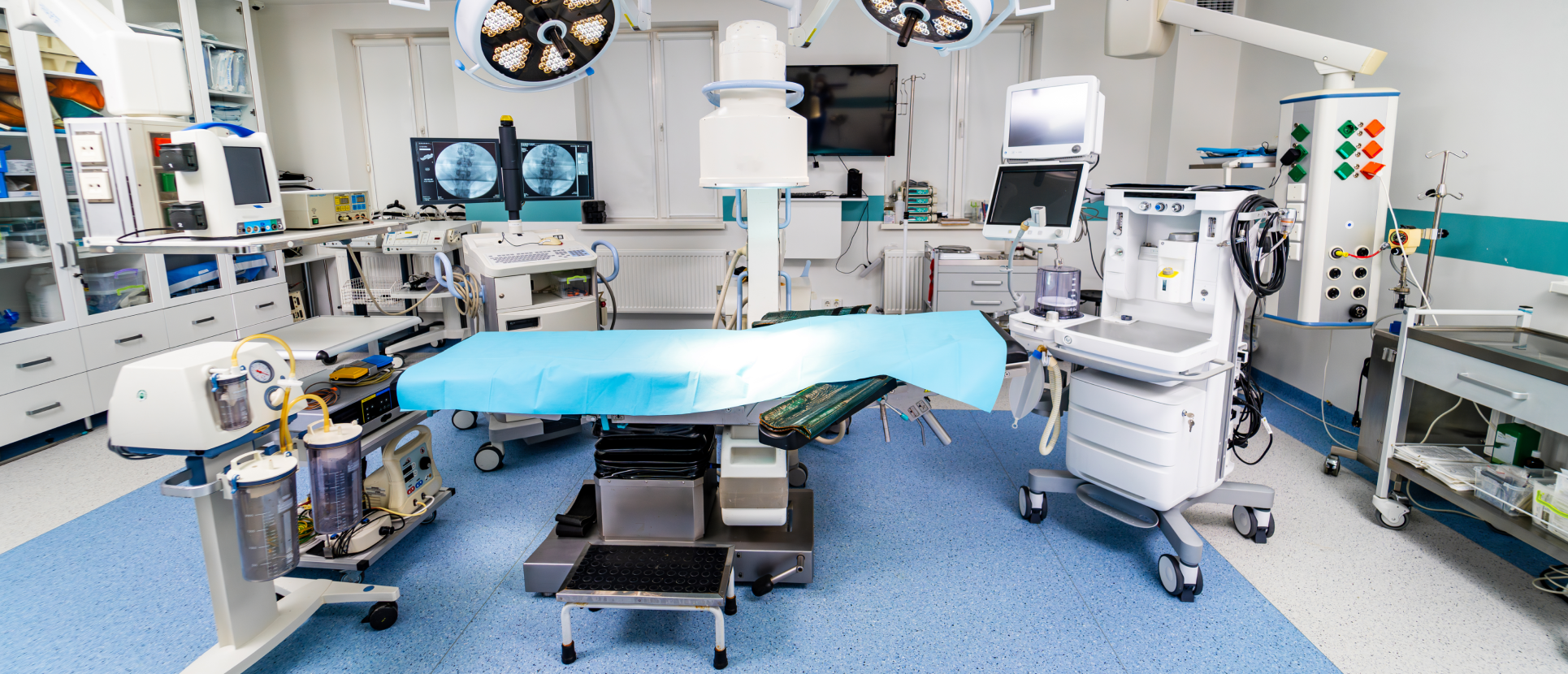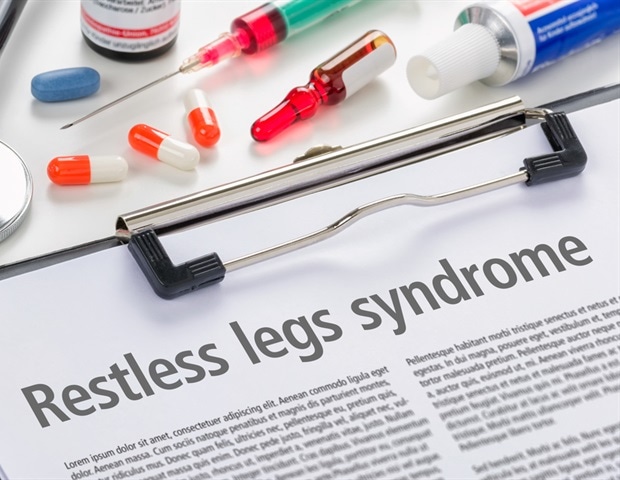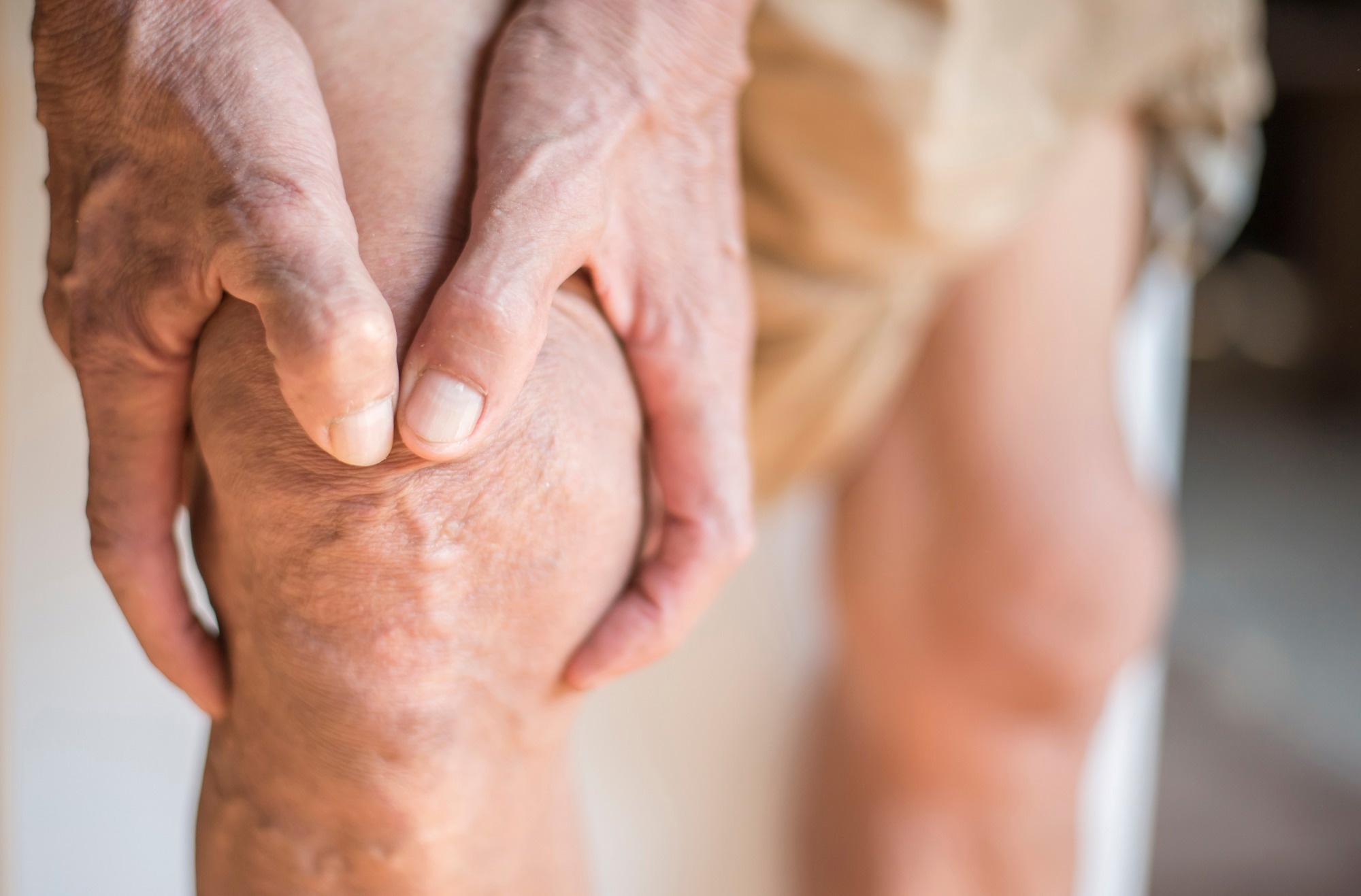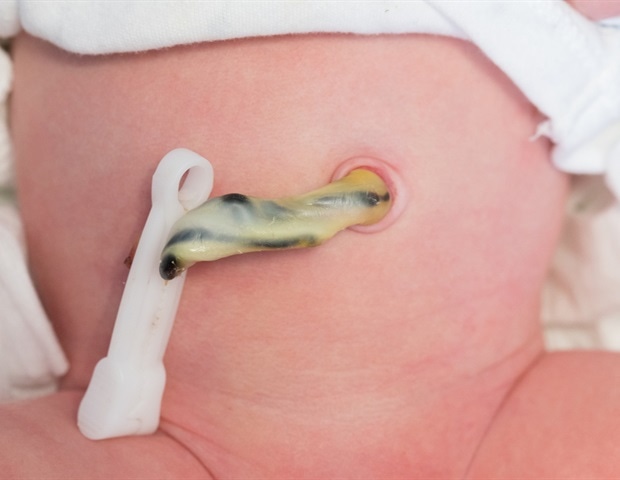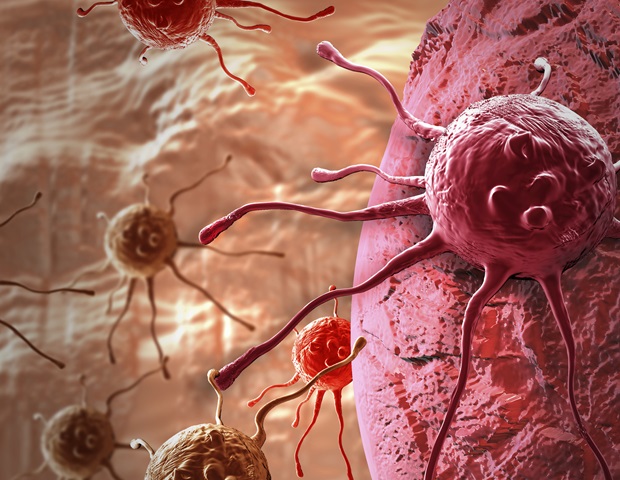The pattern of EEG patterns is slow, and motor cortex activity decreases, and is associated with high pain sensitivity and risk of chronic pain
A recent JAMA neurology study focused on determining effective sensorimotor cortical biomarkers for pain based on two metrics: PAF and CME.
Understanding pain biomarkers
Over the years, many studies have proposed a variety of pain biomarkers, including neuroimaging markers for neurovibration rhythms, proteins, metabolites, lipids, and mechanical/structural abnormalities. These biomarkers help clinicians diagnose, prevent and treat patients with chronic pain.
Scientists experience multiple challenges in determining pain biomarkers and may be associated with limited sample sizes that hinder the performance of full-scale analytical validation using machine learning approaches. The lack of clinically relevant pain models and limited reproducibility of existing pain models have prevented the establishment of biomarkers of marked pain.
Previous studies have shown that corticospinal signaling involved in subsequent motor responses and neural oscillatory rhythms involved in processing nociceptive inputs are important factors shaping the pain experience of subjects .
Previous studies have established connections between PAF, CME, and pain. This study revealed that PAF before the onset of pain was slow and a decrease in CME during prolonged pain (depression) was associated with higher pain levels. In contrast, faster PAF and increased CME (promoting) are associated with lower pain.
Individuals who experience extreme pain early in a long-term pain episode, such as after surgery, are at a higher risk of developing chronic pain in the future. If an individual develops slow PAF during the expected long-term pain episode and/or during the acute stage of CME depression, it may indicate a transition to chronic pain.
About the research
Predictive trials focus on identifying the signatures of prominent sensorimotor cortical biomarkers for predicting pain sensitivity based on two metrics: PAF and CME. This study used a nerve growth factor (NGF) pain model based on long-term myofascial jaw pain induced by intramuscular injection of NGF.
PAF is defined as dominant sensorimotor cortical oscillations in the alpha (8-12 Hz) range, while CME is defined as the effect in which the signal is located from the primary motor cortex (M1) to the peripheral muscles.
Pressure pain thresholds, PAF, and CME were measured on days 0 (baseline), 2 and 5. PAF was collected using 5 min eye-closed resting EEG recordings from 63 electrodes. Sensory motor PAF was calculated after determining the components of the signal with a clear alpha peak (8–12 Hz) and scalp topography suggesting sensorimotor sources to frequency decomposition. CME was measured using a transcranial magnetic stimulation (TMS) mapping approach.
The current study generated maps of cortical motor representations of obese muscles. Cortical movement excitability was indexed as MAP volumes. On electronic pain days, participants associated pain (0-10) during various activities. This data was collected daily, i.e. from day 1 to 30 at 10am and 7pm.
Survey results
A total of 159 healthy participants, including 70 women and 89 men, were enrolled in the prediction trial. However, 150 participants completed the trial, with an average age of 25.1 years. Participants received intramuscular injections of NGF on days 0, 2, and 5. PAF and CME measurements showed excellent testing and retest reliability throughout the session.
Pain scores for participants in the training and test set were categorized as high and low pain sensitivity. Logistic regression showed that slow PAF and CME depression were associated with higher pain. The regression coefficients of -1.25 and -1.27 for PAF and CME predicted pain sensitivity, respectively.
The locked logistic regression model had an optimal probability threshold of 0.40 for being classified as high pain sensitivity, with associated sensitivity of 0.875 and specificity of 0.79. A probability threshold of 0.40 was applied to the current data to be labeled as being sensitive to high pain. This analysis highlighted that facilitators need a PAF of less than 9.56, while oppressors need a PAF of less than 10.57.
Visually slow PAF was found in individuals who were predicted to be more susceptible to pain than patients with less susceptible pain. The obesity motor map found a decrease in CME in individuals who were predicted to have high pain. In contrast, those who were predicted to have lower pain had an increased CME.
It should be noted that the combined PAF/CME signatures exceed each measure individually. Models containing biomarkers containing sensorimotor PAF, CME, gender, and catastrophic scale (PCS) total scores only outperformed models containing covariates.
To assess the reproducibility of the findings, the analysis was repeated using different PAF and CME calculation methods. Regardless of the method, logistic regression was found to be the best or equal best performance model when applied to the training validation set. This ranges from unpaid to acceptable areas under the curve (AUC).
Conclusion
The findings showed that PAF/CME biomarker signatures could be used proactively to predict acute to chronic pain transition. This biomarker helps clinicians treat individuals with chronic pain.
(TagstoTranslate)Biomarker(T)Brain(T)Chronic(T)Chronic(T)Chronic pain(T)Cortex(T)Cortex(T)Lipid(T)Machine learning(T)Metabolite(T)Neurometry(T)Neurology

